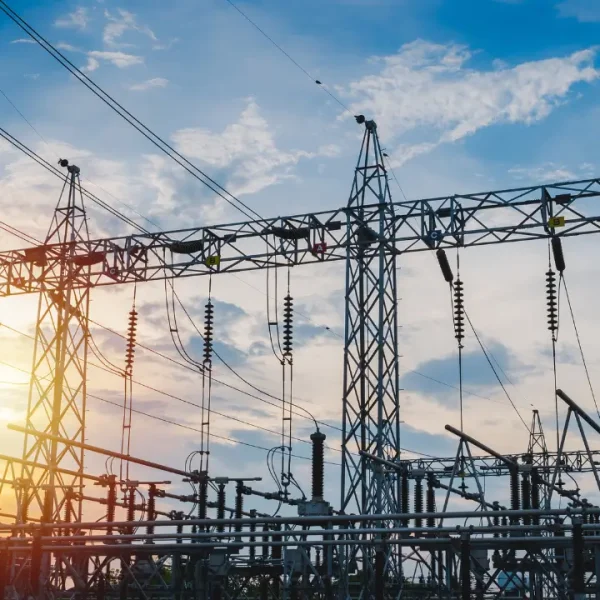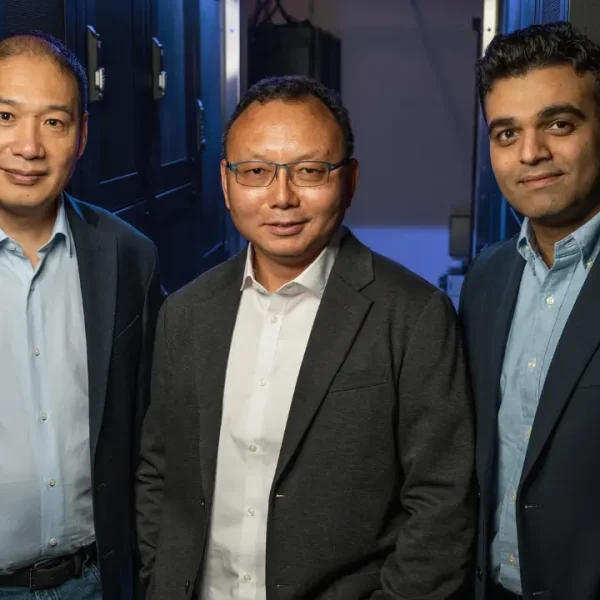Saudi Arabia’s national AI company HUMAIN and US chipmaker AMD have unveiled a $10 billion joint venture, announced during US President Trump’s official visit to the Kingdom. The collaboration was highlighted at Advancing AI 2025, AMD’s developer conference, where HUMAIN CEO Tareq Amin and AMD CEO Lisa Su pledged to cut the total cost of ownership for AI developers by 30%. They also set a long-term goal of building 6 gigawatts (GW) of AI infrastructure capacity by 2034.
The partners hinted that the upcoming network of data centers will rely on AMD’s newly launched MI350 AI processors, introduced at the same event.
The expansion will begin with 50 megawatts (MW) of capacity by late 2025, followed by the rollout of an additional 50MW module every quarter. According to Amin, construction is already underway on two massive AI campuses in Riyadh, each housing 11 data centers with 200MW capacity per facility.
This venture, first announced last month, marks a unique collaboration between an AI infrastructure provider and a service operator to create a global AI hyperscaler. Leveraging Saudi Arabia’s low-cost energy resources and vast land availability, the initiative is designed to deliver the world’s most affordable large-scale AI infrastructure platform. While the Kingdom will serve as the hub, the venture has global ambitions, with its first international data center to be established in the United States.
The platform will cater to a wide range of customers, including sovereign bodies, enterprises, and AI research labs worldwide. With confirmed targets of 1.9GW by 2030 and 6GW by 2034, a significant increase from the originally stated 500MW by 2030, the project positions itself as a direct challenger in the global AI arms race.
The new infrastructure will be powered by AMD’s MI350 chips, designed to rival NVIDIA’s Blackwell series, with the MI400 line expected in 2026.
The partnership will also integrate Cisco’s networking expertise and take an open ecosystem approach, inviting additional technology and financial collaborators to tackle the pressing challenge of AI’s massive energy consumption.












